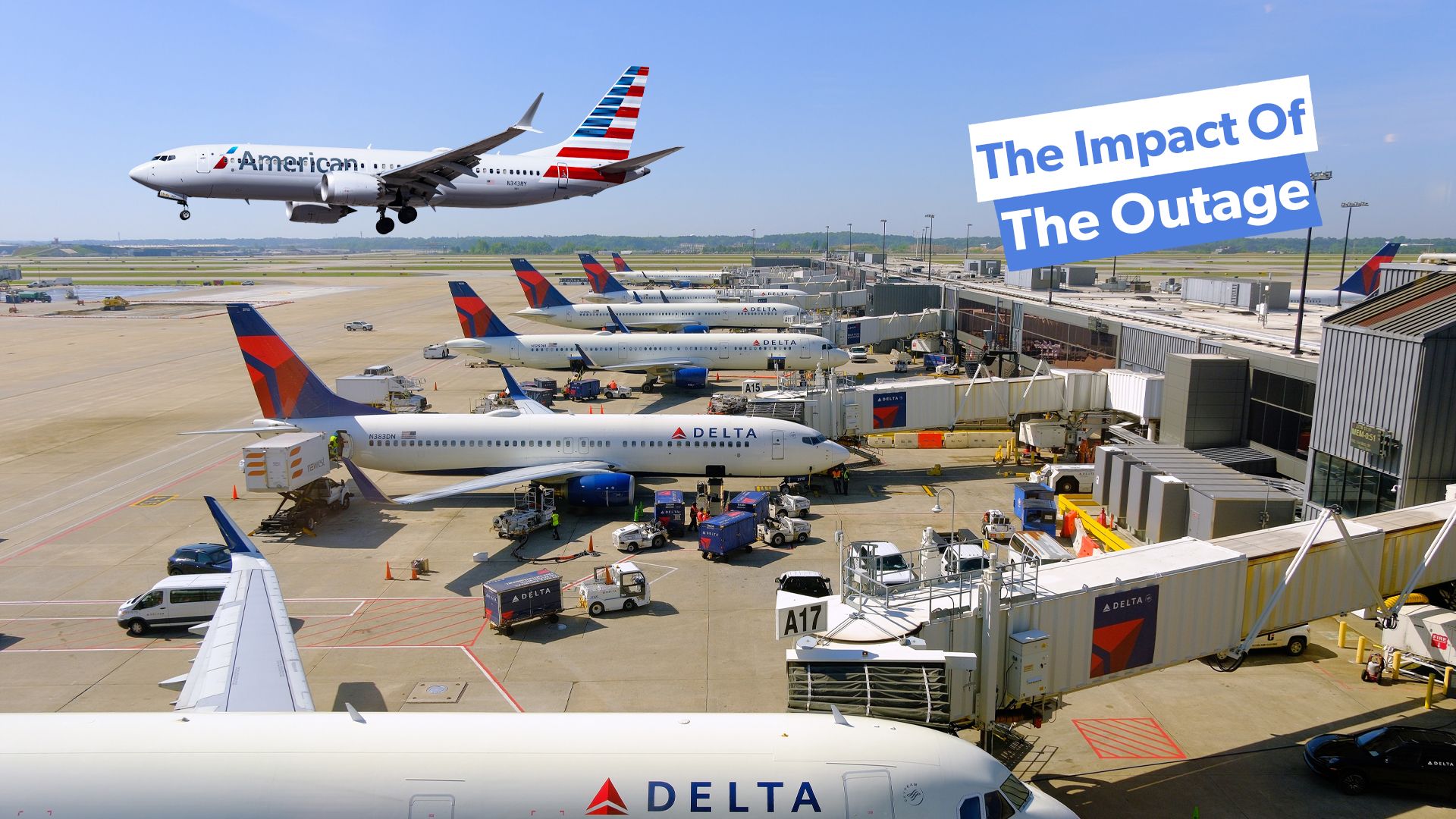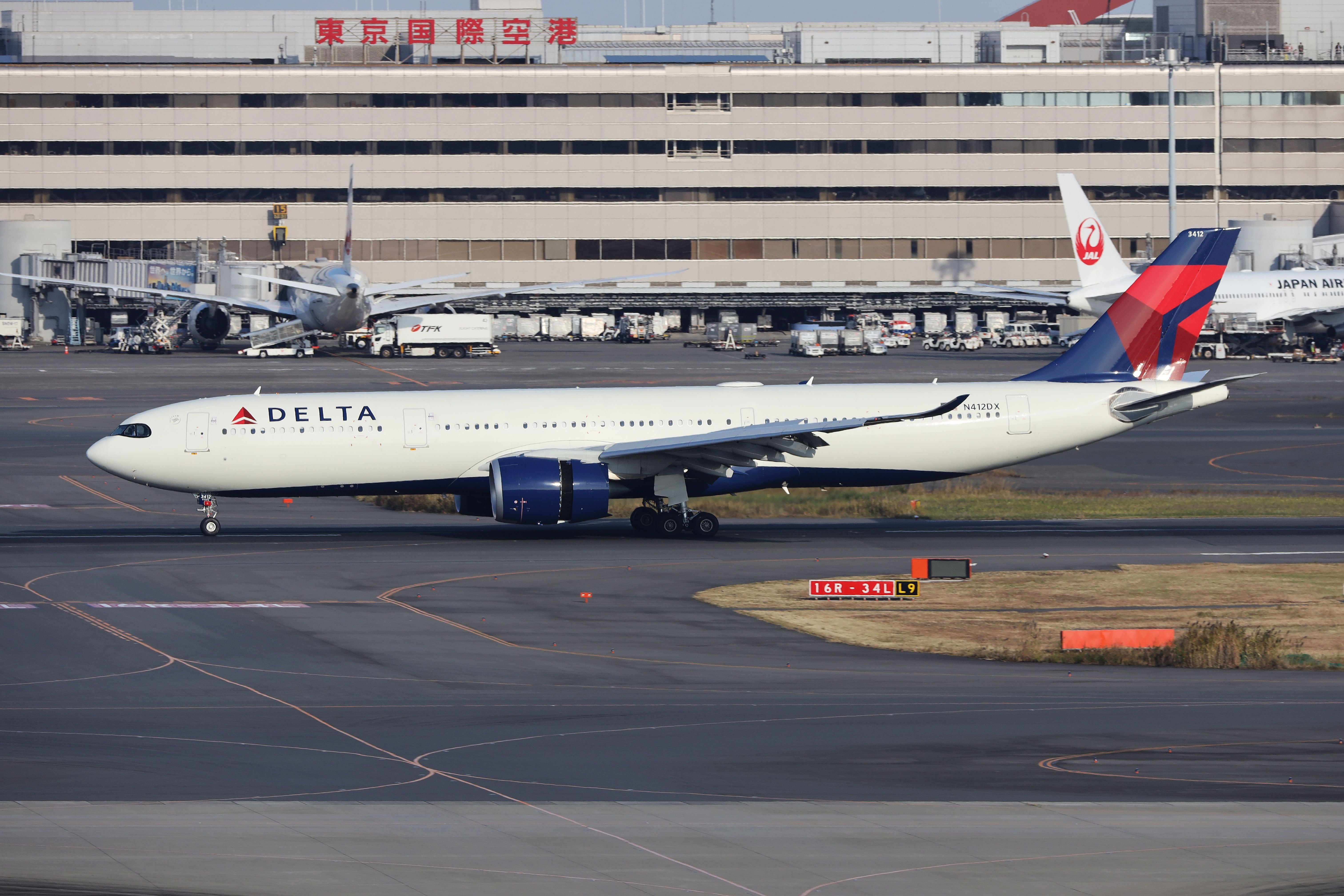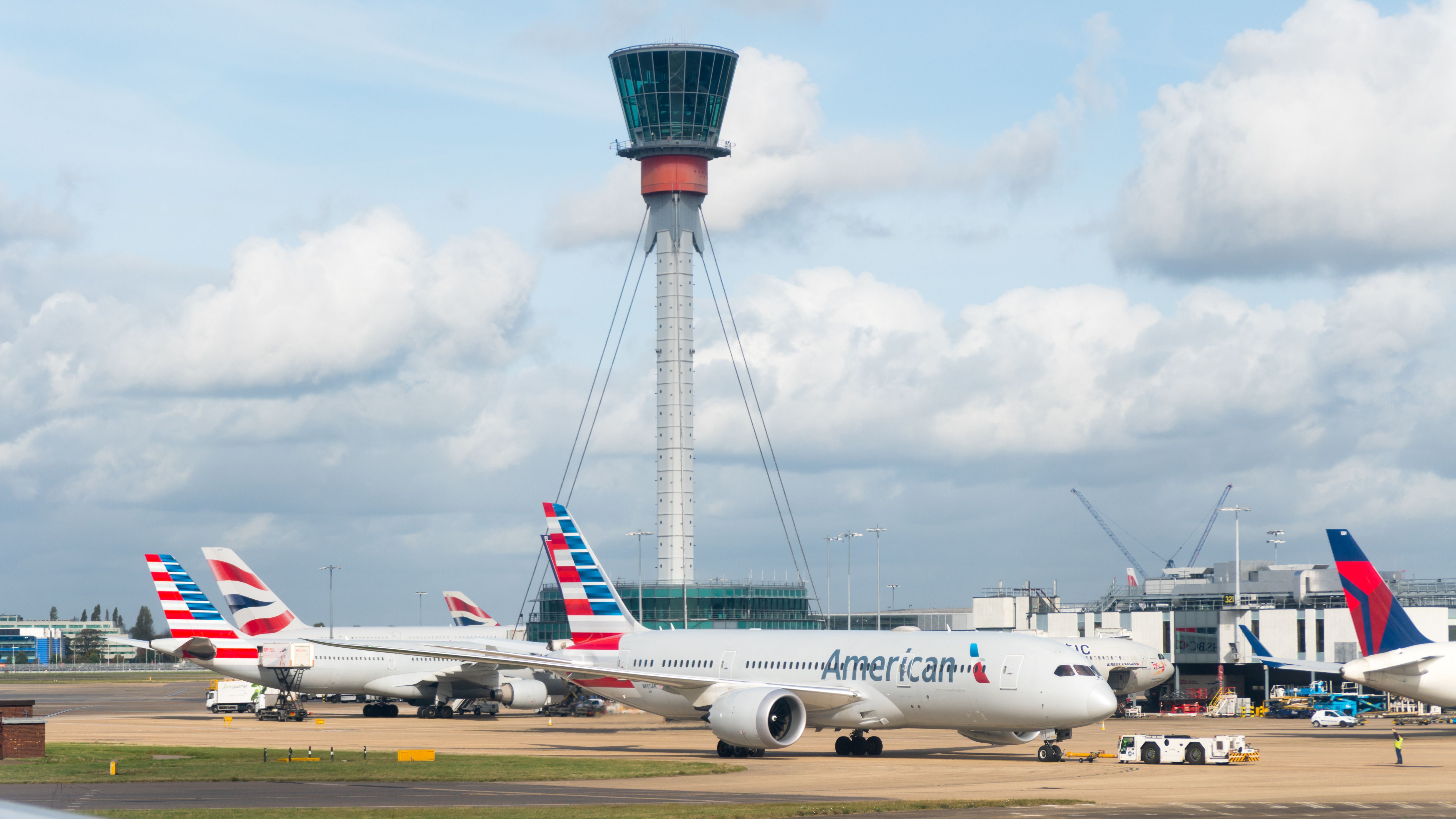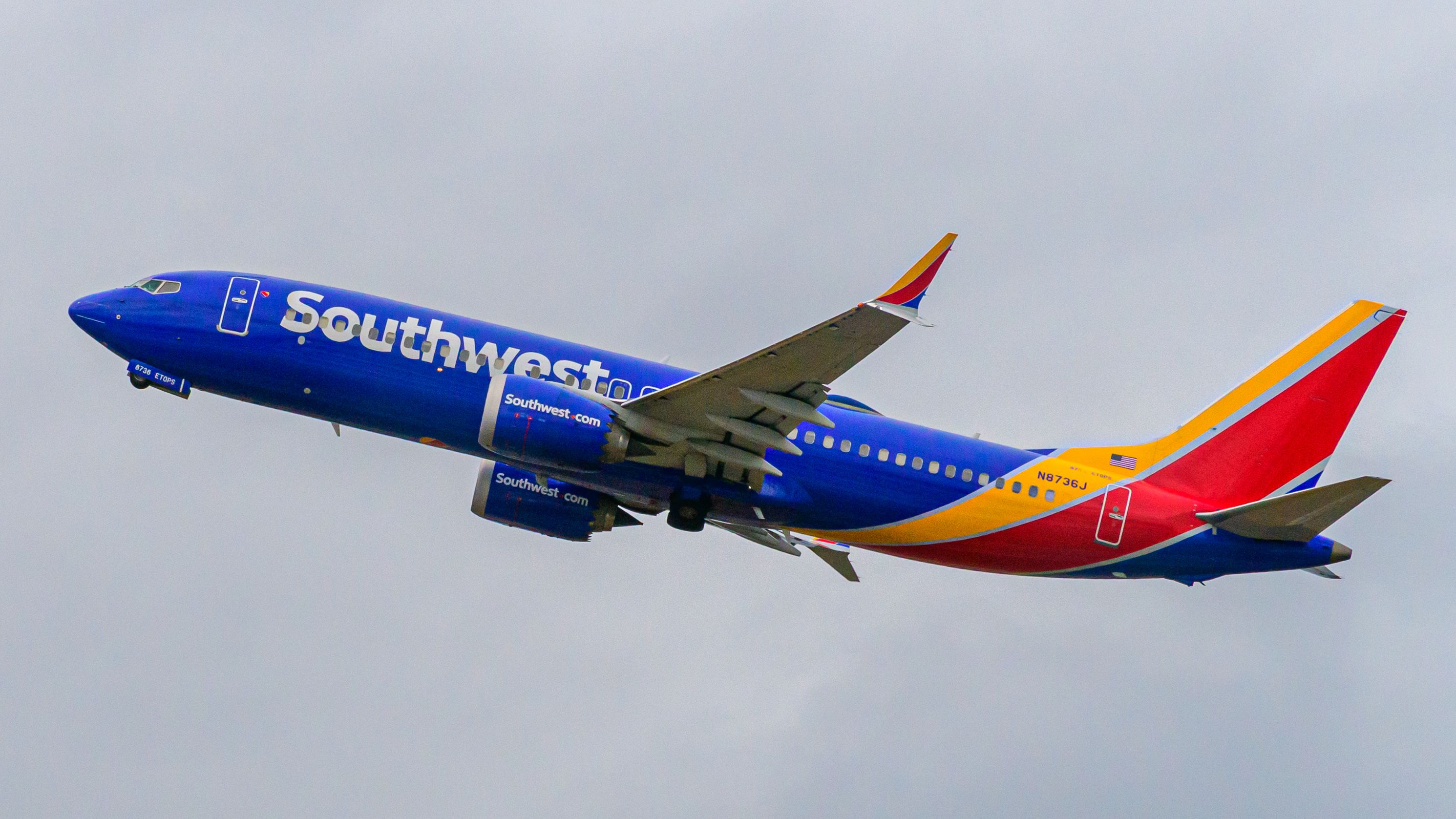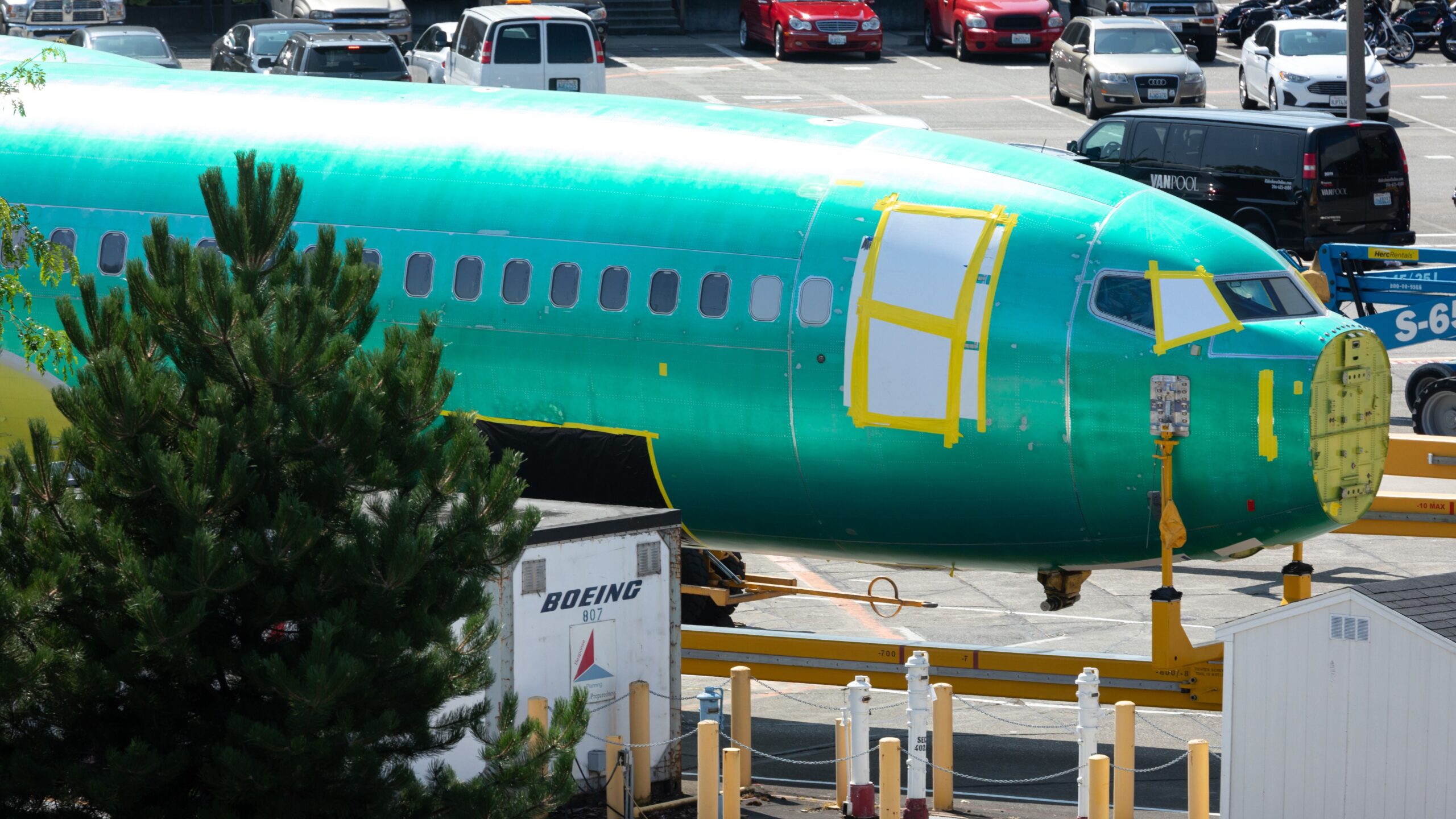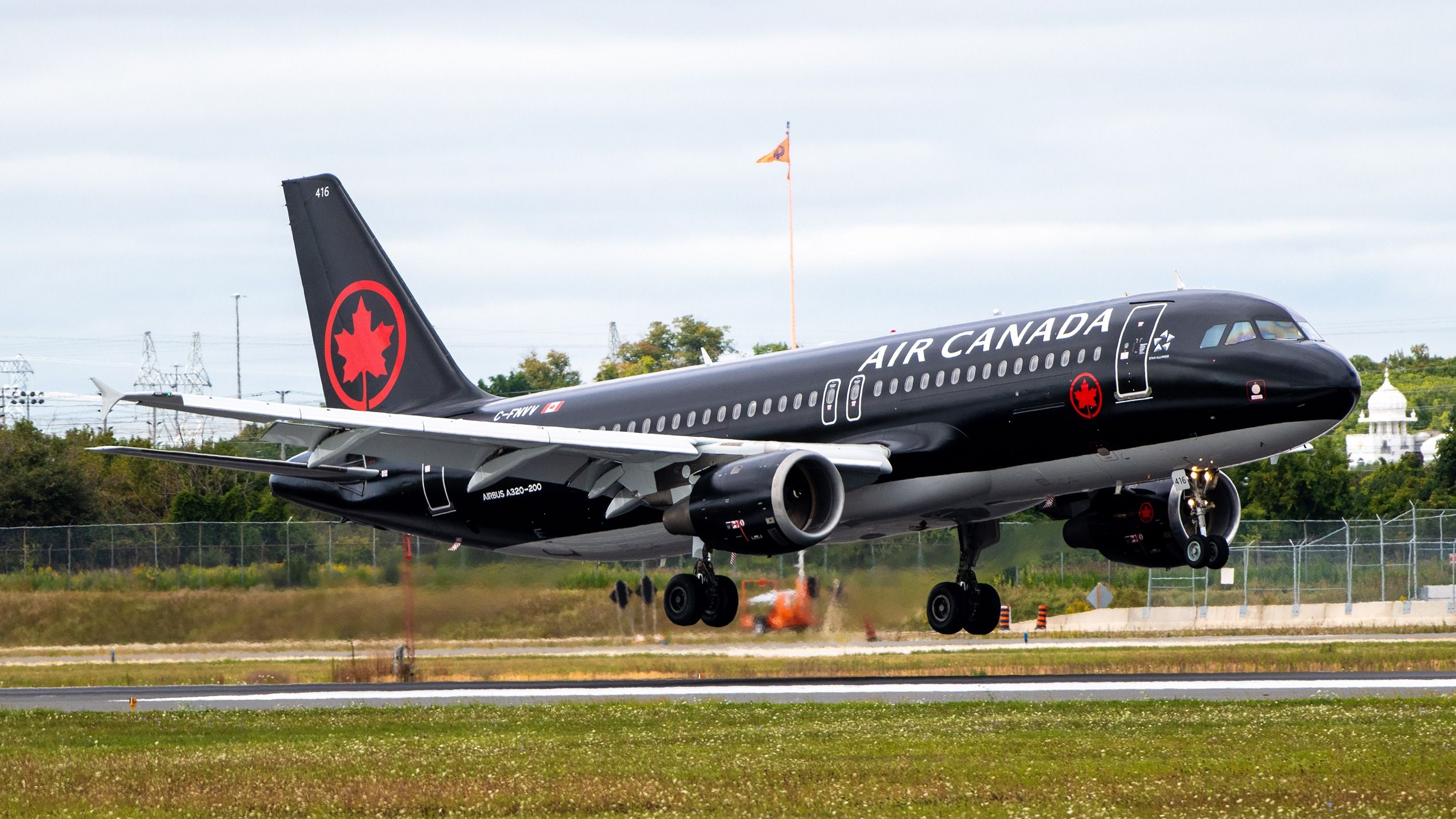Summary
- CrowdStrike caused a major IT outage impacting airlines like Delta, resulting in 7,000 flight cancellations.
- American Airlines and United Airlines were also affected but had faster recovery times compared to Delta.
- Southwest, JetBlue, and FedEx Express avoided disruptions by running older Windows systems.
On July 19, 2024, a software update gone wrong by security vendor CrowdStrike led to what could be seen as the largest IT outage in history, impacting millions of Windows systems across the globe.
The aviation industry was not spared, as it relies on this software as well. In fact, this IT outage exposed the centralized nature of modern air travel. As a result, numerous airlines and airports across the United States were significantly affected.
The IT outage was caused by a flawed software update from CrowdStrike. Although the company relatively quickly identified the problem and rolled back the changes, the damage had already been done. The faulty update impacted Windows 10 and newer versions, but Mac and Linux systems remained unaffected.
Thousands of flight cancelations and financial implications
The CrowdStrike-Microsoft IT outage has affected the United States’ three biggest airlines: American Airlines, United Airlines, and Delta Air Lines. This has resulted in thousands of canceled and delayed flights.
Indeed, North America has been disproportionately affected by the issue compared to other regions. According to Cirium data, the North American continent saw a total of 23,393 flight cancelations in June 2024. Most of these flight cancelations occurred due to the IT outage.
|
Region |
Total cancelations in June 2024 |
Total cancelations in July 2024 |
Change |
|
Middle East & Africa |
2,000 |
1,849 |
-7.5% |
|
Asia-Pacific |
26,951 |
26,990 |
0.14% |
|
Latin America |
4,235 |
3,222 |
-23.9% |
|
North America |
11,806 |
23,393 |
98.1% |
|
Europe |
8,145 |
10,976 |
34.7% |
The Delta case
Notably,
![]() Delta Air Lines
Delta Air Lines
was hit the hardest among the three major US airlines. The disruption continued even when other carriers appeared to have recovered. According to a report by BBC, approximately 7,000 Delta flights were canceled over the course of five days, from July 19 to July 24, 2024.
Photo: KITTIKUN YOKSAP | Shutterstock
The Atlanta-based airline blamed Microsoft and CrowdStrike for the disruptions, claiming it incurred a loss of $500 million from lost revenue from thousands of canceled flights, passenger compensation, and other costs.
Meanwhile, the IT company denied being solely responsible for Delta’s disruptions, noting that other airlines were able to recover operations more quickly. Delta’s chief executive officer, Ed Bastian, wrote in a filing with the US Securities and Exchange Commission that the meltdown affected 1.3 million of Delta’s customers.
“Our customers and employees deserve better.”
The US Department of Transportation (DOT) has launched an investigation into Delta’s operations due to the airline’s prolonged flight disruptions. In response, the airline said it was fully cooperating with the probe into its operations.
The American Airlines case
Like other airlines using the Windows software system,
![]() American Airlines
American Airlines
was affected by the IT meltdown. According to CIO Dive, the Dallas/Fort Worth-based airline had to cancel more than 400 flights in the first 24 hours but grounded only 50 flights the following day.
Photo: jekjob | Shutterstock
American Airlines had the resources in place to swiftly recover its operations from technical problems and was one of the fastest carriers in the US to return to normalcy. Commenting on the IT outage, American Airlines COO David Seymour said:
“But within an hour of the outage, we assembled the right operating teams and IT experts to develop and execute a plan to get our systems back online and the aircraft moving again.”
American Airlines suggested that there was a silver lining to the outage. In the airline’s Q2 2024 earnings call, CEO Robert Isom said, “One of the things that we’ve learned is that in terms of any disruption, you better keep track of your aircraft, certainly also your crews, wherever they are, and you probably ought to take action as quickly as possible to make sure that you don’t lose visibility for the purpose of recovery.”
The United Airlines case
Just like American Airlines, United restored full operations three days after the outage. According to the airline’s CEO, Scott Kirby, the Chicago-based airline manually rebooted more than 26,000 computers at 365 locations globally. In a letter to its employees, Kirby said:
“I take a lot of pride in the culture of innovation we’ve built at United as well as the technological advancements that make travel easier for our employees and our customers. But when technology breaks down the way it did last Friday, I’m also reminded of how critical the human element of travel is to our success.”
According to a report by CIO Dive, the airline canceled 694 flights on the days of the outage. Additionally, it grounded 713 more United planes over the weekend.
Several US airlines avoided disruption
Several US airlines escaped the worldwide IT outage.
Southwest Airlines
avoided the CrowdStrike-Microsoft outage because it is still running Windows 3.1. The budget airline remained free of BSoD errors since its OS hasn’t been updated in decades.
Photo: Joe Kunzler | Simple Flying
Cargo airline FedEx Express was another airline not affected by the outage, as it was also running Windows 3.1. The New York-based JetBlue was also not impacted by the outage. In a statement, the carrier said:
“While our operational systems were not impacted by this outage, customers should monitor their flight status and build in extra time in the event that this outage has impacted specific airports due to outages at other airlines, airport operators, or government agencies.”
Long wait times at airports
US airports were not as severely impacted as the airlines, but they still felt the effects of the increased number of stranded passengers due to canceled flights. This led to longer lines and extended wait times at security checkpoints.
Most airports issued statements advising passengers to check their flight status directly with their carrier before heading to the airport. Here is what New York John F. Kennedy Airport said in a statement released on X:
